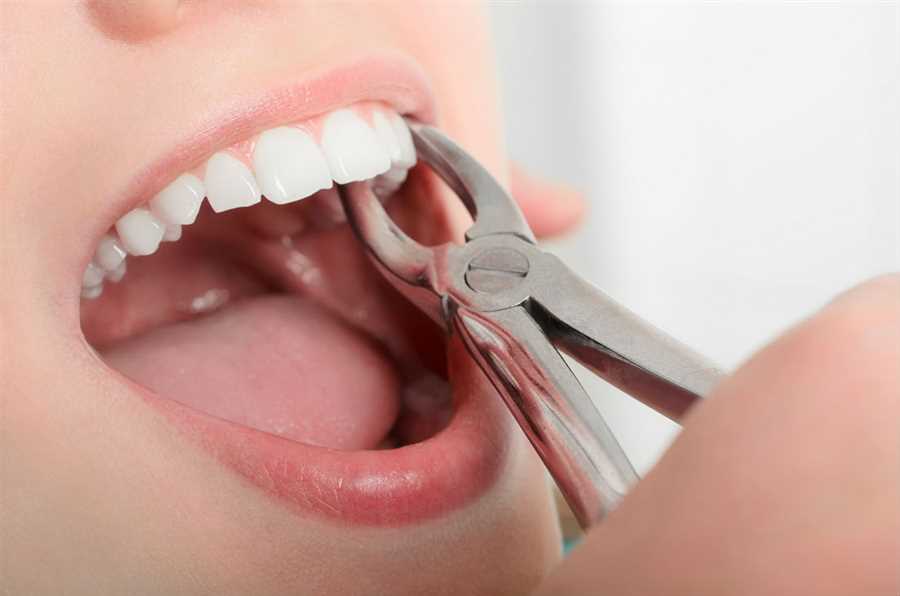Wisdom Teeth Removal (Symptoms, Pain, Aftermath, Extraction and more)

Experiencing discomfort or pain at the very back of your mouth? What you’re suffering from could be an infected or impacted wisdom tooth. Fortunately, it only takes a simple wisdom teeth surgery that takes less than 20 minutes to make you feel great again.
Want to learn in more depth about these 3rd molars, why you might have to remove them and how to speed up wisdom teeth recovery? You’re in the right place. Countless people in their late-teens often go through wisdom tooth removal and recovery. And it’s completely natural to feel nervous about probably your first dental surgery at a dentist Endeavour Hills. But learning exactly what the surgery entails, why it’s necessary and how you can minimise discomfort after the surgery can help ease the nervousness.
So, we’ve gathered all the questions that our patients normally ask regarding wisdom teeth removal. Let’s go through each of them in more detail.
What are wisdom teeth?
Wisdom teeth, also known as third molars, are the last set of teeth to appear in the mouth. They typically appear in your late-teen years. Due to this later age, they became known as “wisdom” teeth. The nickname likely stems from the adage that “with age comes wisdom”.
What age do wisdom teeth come?
Wisdom teeth typically emerge between ages 17 and 21. These third molars appear at the back of the mouth, but the exact timing can vary for each individual.
How long does wisdom teeth removal take?
Generally, a wisdom tooth removal in Endeavour Hills takes about 20 minutes. However, the duration can vary based on factors such as the tooth’s position and complexity.
Why do we have wisdom teeth?
Our ancestors needed wisdom teeth to properly chew their daily catch (usually small animals) or find (usually hard roots and nuts) as they didn’t cook food or use knives to cut it.
These teeth were their primary tools for breaking down tough, uncooked foods. Over time, our diets changed, and our jaws became smaller. However, most adults still develop wisdom teeth, even though they may not be necessary in our modern world. Anthropologists believe that early humans’ coarse, rough diet of leaves, roots, nuts, and meats required more chewing power, leading to the evolution of wisdom teeth. So, while they might seem unnecessary now, wisdom teeth are a vestige of our evolutionary past.
How many wisdom teeth do adults have? Where are your wisdom teeth?
Adults typically have four wisdom teeth. These third molars are located at the back of the mouth, one in each quadrant. However, some people may have fewer or even none due to variations in dental development.
Does everyone have wisdom teeth?
Not everyone has wisdom teeth. While many people have one to four wisdom teeth, some individuals don’t have any at all. Interestingly, it’s estimated that anywhere from 5% to 37% of people are missing one or more of their third molars. Genetics, environment, diet, and chewing function may influence the presence or absence of wisdom teeth. So, not having them is perfectly normal, and a dental X-ray can reveal whether you have these molars. Even if you can’t see them, a dental X-ray can detect impacted wisdom teeth, which may require removal to prevent gum infections and pain.
First signs of wisdom teeth coming in
When it comes to the first signs of wisdom teeth coming in, here are some things to watch out for:
- Tender and Swollen Gums: You might experience mild pain or pressure along your gums and jaw. This could be your wisdom teeth trying to erupt. Keep an eye out for red, swollen gums towards the back of your jaw that make it difficult or uncomfortable to chew.
- Jaw Pain: Even if wisdom teeth erupt normally through your gums, they can cause mild symptoms. Look for a feeling of pressure or dull throbbing in the gums near the opening of your throat or in the nearby jaw bone. Erupting teeth can irritate sensitive gum tissues.
- Twisting or Crooked Teeth: If your teeth are starting to twist or turn crooked, it might be due to your wisdom teeth crowding your other teeth.
Remember that not everyone experiences symptoms, and some people are born without any wisdom teeth.
What does wisdom teeth pain feel like?
Wisdom teeth pain typically occurs at the back of your mouth, behind your molars. If you look in a mirror, you might notice that your wisdom teeth have begun to poke through your gums. The area can be red, inflamed, and tender to the touch. Some people, however, don’t have visible symptoms of wisdom teeth pain. If you experience any of the following, it could be related to impacted wisdom teeth:
- Red or swollen gums
- Tender or bleeding gums
- Jaw pain
- Swelling around the jaw
- Bad breath
- An unpleasant taste in your mouth
- Difficulty opening your mouth
What can I eat after wisdom teeth extraction?
After wisdom teeth extraction, it’s essential to follow a soft and gentle diet to avoid harming the surgical sites and encourage normal healing. Here are 15 soft foods you can eat during your recovery:
- Blended Soups
- Broths
- Greek Yoghourt
- Mashed Potatoes
- Oatmeal
- Pudding
- Avocado
- Scrambled Eggs
- Yoghourt
- Pureed Seedless Fruit
- Soups and Broths
- Milkshakes and Smoothies
- Applesauce
- Jelly
- Mashed Banana
Wisdom Tooth Removal Cost in Australia
The cost of wisdom teeth removal in Australia can vary significantly based on several factors. Here’s a breakdown:
- Simple Extractions at the Dentist: $150 – $200+ per tooth
- Extractions with Local Anesthesia at the Dentist: $300 – $400+ per tooth
- Complex Extractions in a Hospital: $2,000 – $3,000+
- With Extras Insurance: $0 – $80+ per tooth
- With Hospital Insurance: $0 – $1,000+
These are approximate ranges and actual costs can vary based on individual circumstances, location, and insurance coverage. If you have specific questions about your situation, give us a visit at 1 Thurmond Ct, Endeavour Hills VIC 3802, Australia.
How to speed up wisdom teeth recovery?
Recovering from wisdom teeth removal can be more comfortable if you follow these tips:
- Prevent Dry Socket by avoiding straws, smoking
- Keep your head elevated for the first 3 days to reduce swelling.
- Apply Cold Compress for the first 36 hours to minimise inflammation and bruising.
- After 24 hours, start rinsing your mouth with warm salt water several times a day.
- Drink plenty of fluids to aid healing and keep your mouth moist.
- Gently open and close your mouth to exercise your jaw muscles.
Final Say
There you have it – a complete guide to wisdom teeth, from extraction to recovery and even a little bit of history. Feeling a bit more eased about your wisdom tooth removal surgery? Well, what are you waiting for, book an appointment with our expert dentists in Endeavour Hills to discuss your options today.





